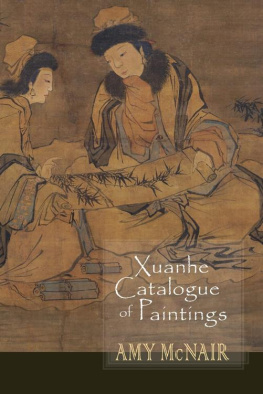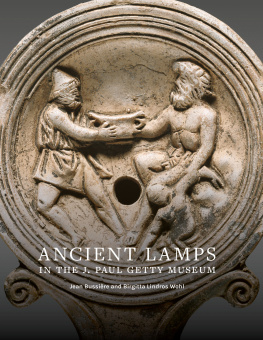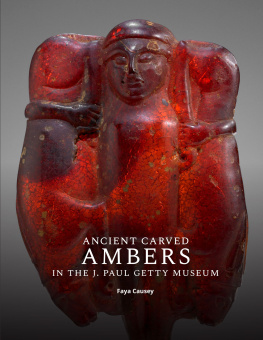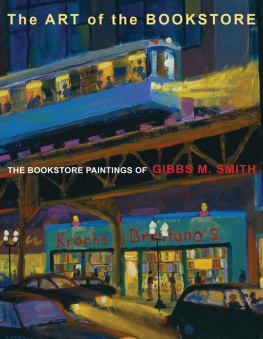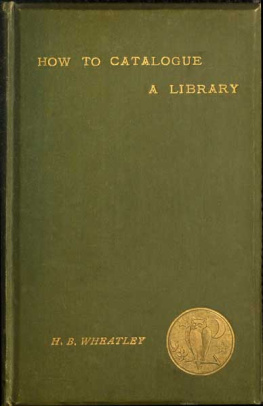Xuanhe Catalogue of Paintings
An Annotated Translation with Introduction by
Amy McNair

Contents
Acknowledgments
It was Alan Berkowitzs idea to edit a series of translations of what he called categorized biographies, and this translation of Xuanhe huapu was to stand as a representative compilation on Chinese painters. I am sorry that Alan did not live to see it. I was able to consider participating in his project only because of the previous work of two Chinese scholars who rendered Xuanhe huapu into modern Chinese: Yu Jianhua (18951979) and Yue Ren. I owe equal gratitude to the great English-language translators who worked on the principal texts upon which Xuanhe Catalogue of Paintings relied. The earliest is William R.B. Acker (19071974), whose translation of Zhang Yanyuans Lidai minghua ji of around 847 was a foundational resource when I was an undergraduate. The second is Alexander Soper (19041993), who translated both Guo Ruoxus Tuhua jianwen zhi and Zhu Jingxuans Tangchao minghua lu. I was never Mr. Sopers student, but I hoped to be a scholar and translator in his mode, which is to say with great attention to detail and accuracy to the original. That he was able to make these contributions before the age of the computer is all the more extraordinary. I have known Charles Lachman for nearly thirty years, and I admired his superb translation of Songchao minghua ping before I met him. The last translator to whom I owe a debt of gratitude is Ankeney Weitz. It was wonderful to work with her again. The first time, in 1992, I arrived at the University of Kansas just in time to join her dissertation committee and help with her translation of the collection records of Zhou Mi (12321308), which was ultimately published as Zhou Mis Record of Clouds and Mist Passing Before Ones Eyes. My contribution was chiefly about the works of calligraphy, as I recall. Not only did I learn a great deal in working with her on her dissertation, but my current project has also profited considerably from her book. I am most grateful, however, that she agreed to review this manuscript. She went over my draft translation with great care and gave me numerous substantial suggestions for improvement. Any remaining errors, of course, are my own.
My students at the University of Kansas, past and present, have helped me in many supportive ways. Walter Davis hand-carried a copy of Xie Weis monumental survey of texts on Chinese painting back from China to give to me, which sparked my research on the structure of the text. Michelle C. Wang invited me to Georgetown to talk about my work, which is where I met Carma Hinton, whose conversations helped me with painting titles. My current doctoral student Weitian Yan assisted with research on biographical sources.
Lastly, I am thankful to the anonymous reader for the Cornell East Asia Series, who had many good suggestions for the Introduction. Many thanks also to Mai Shaikhanuar-Cota for her encouragement and professionalism, to Chris Ahn for copyediting, and to Sheryl Rowe for the meticulous layout. I gratefully acknowledge two funding agencies for awarding me one-year research fellowships and grants: the National Endowment for the Humanities (20062007) and the Chiang Ching-kuo Foundation for International Scholarly Exchange (20112012). Thanks to the generous research-support policies of the University of Kansas, I was given funded research leave for those years. Altogether, these institutions provided what a project like this most needsthat precious commodity: time.
Introduction
I began this translation in 2005, inspired by a conversation with the late Alan Berkowitz (19502015). Among the multitude of intellectual and cultural interests he pursued was the history and function of categorized biographies, or accounts of individuals whose lives reflect particular sectors of endeavor. Alan asked me if there were any such texts in the field of Chinese art history that had not been translated. When I told him about the biographies of painters in Xuanhe Catalogue of Paintings (Xuanhe huapu ), he suggested I translate it.
This anonymous book calls itself simply Huapu, or Catalogue of Paintings, but the name evolved to Xuanhe huapu, or Catalogue of Paintings in the Xuanhe Era, after the fall of the Northern Song dynasty (9601127). The Xuanhe era was the final reign-period of Emperor Huizong (r. 11001125) and the book was completed in 1120, the second year of the Xuanhe era. Its Preface describes it as recording 6,396 paintings currently held in the palace storehouses. The painting titles are listed under biographical entries for the artists responsible for them. There are 231 artist biographies, grouped under categories of subject matter. These are Daoist and Buddhist Subjects, Figural Subjects, Architecture, Barbarian Tribes, Dragons and Fish, Landscape, Domestic and Wild Animals, Flowers and Birds, Ink Bamboo, and Vegetables and Fruit. Following the Preface is an Explanation of the Categories, which offers a philosophical basis for all of them, while each subject-matter category also has its own individual Prefatory Explanation.
Portions of Xuanhe Catalogue of Paintings have already been translated. The ten Prefatory Explanations for the subject-matter categories were rendered into English by Richard Barnhart and published in Susan Bush and Hsio-Yen Shihs classic anthology, Early Chinese Texts on Painting. Selections from various biographies are in books and articles that treat individual artists who are profiled in the Catalogue; some recent notable examples are Robert E. Harrist, Jr., Painting and Private Life in Eleventh-Century China: Mountain Villa by Li Gonglin; Hui-shu Lee, Empresses, Art, & Agency in Song Dynasty China; and Foong Ping, The Efficacious Landscape: On the Authorities of Painting at the Northern Song Court. Individual titles from among the pictures listed in the Catalogue have been translated in various studies, such as Ankeney Weitzs translation of the collection records of Zhou Mi (12321308), Zhou Mis Record of Clouds and Mist Passing Before Ones Eyes. Still, there was no complete translation.
One thing I learned from my work on the patronage of the Buddhist cave-shrines at Longmen Grottoes is that the relationships between various donors were a significant factor in understanding what they sponsored individually. Earlier scholarship that considered single grottoes in isolation failed to grasp the fuller implications because it did not consider informative connections with other projects by related donors. Similarly, only a complete translation of the Catalogue shows the interconnections between the prefatory explanations, the biographies, and the lists of paintings that reveal a fuller sense of the work as a whole.
THE BIOGRAPHIES
After I had translated all the biographies, I saw there were three types, in terms of the sources employed by the author(s). One typethe majoritycould be characterized as a bricolage of information selected and paraphrased (and occasionally garbled) primarily from five important earlier texts on painters. The earliest two source-texts are Lidai minghua ji (Record of Famous Painters through the Dynasties) and Tangchao minghua lu (Record of Famous Painters of the Tang Dynasty), both completed in the mid-ninth century. These were translated into English by William R.B. Acker (19071974) and Alexander Soper (19041993), respectively. Since these works are extant, it is easy to compare the entries in the

